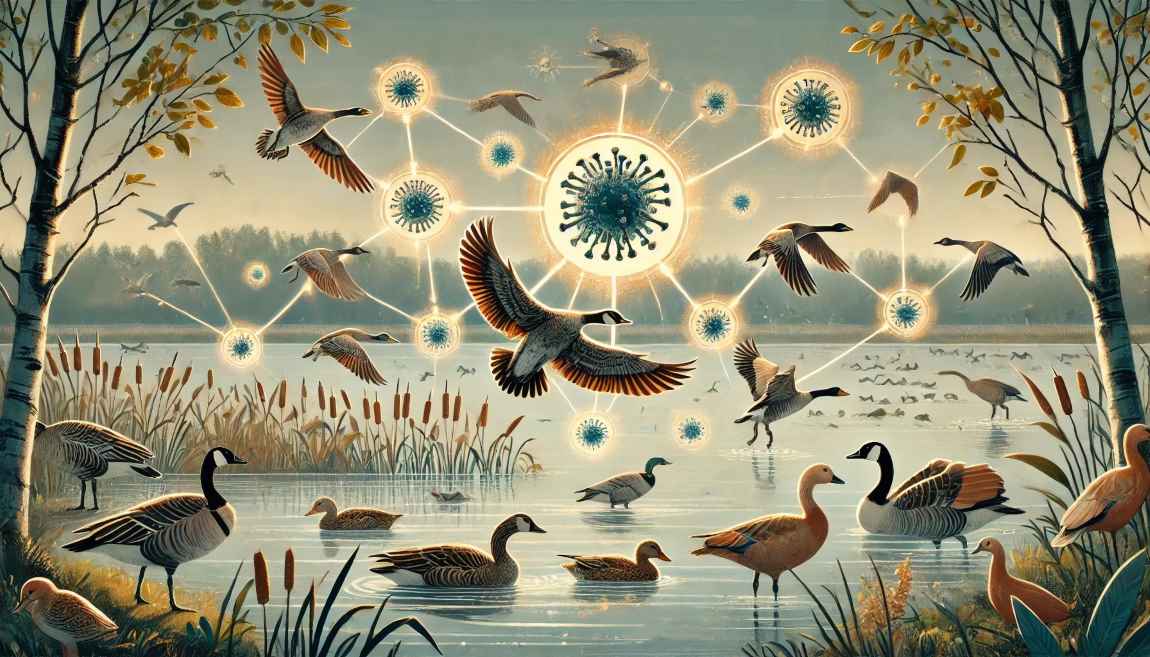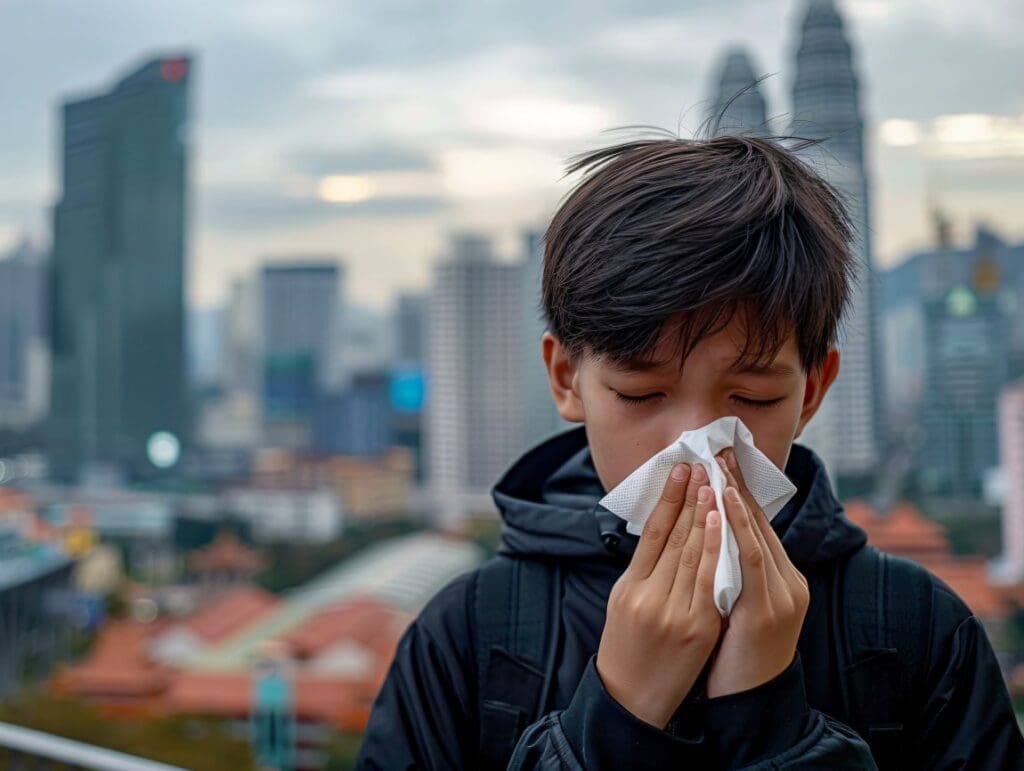Understanding how quickly viruses spread through populations is essential for combating infectious disease outbreaks.
A study led by Simon Dellicour of the University of Brussels (ULB), Belgium, and colleagues, published in PLOS Biology, examines the effectiveness of metrics used to estimate the spatial spread of viruses based on genomic data.
Genomic sequencing offers a powerful tool for tracking the evolutionary trajectories of pathogens and mapping their movements across geographic regions. Yet, the density and distribution of genomic samples can influence the precision of these estimations.
The study evaluated the impact of sampling on three key metrics used to measure viral dispersal: the lineage dispersal velocity (the speed of spread among genetic lineages), the diffusion coefficient (a measure of the rate of spatial invasion), and the isolation-by-distance signal (how genetic similarity declines with geographic separation).

Through simulations of pathogen spread, the researchers discovered that the diffusion coefficient and isolation-by-distance signal metrics were less affected by sampling intensity than lineage dispersal velocity. These metrics were then applied to various viruses spreading among animal populations, revealing the significant role of host species in determining the pace and range of viral dispersal.
The findings also highlight the influence of human activities, such as the trade of infected animals, in driving rapid and long-distance viral spread.
The study acknowledges certain limitations, including the use of simulations rather than actual genomic sequences, constrained by time and resources. Despite this, the research offers valuable guidance for future analyses of viral dispersal patterns.
As the authors explain: “Our study provides key recommendations for the use of lineage dispersal metrics to consider in future studies and illustrates their application to compare the spread of viruses in various settings.”
They further note: “We evaluate the performance of various metrics estimated from evolutionary trees to quantify the dispersal capacity of viruses in the wild… (This reveals) a broad range of diffusion velocities mostly reflecting the dispersal capacity of the main infected host species but also, in some cases, the likely signature of rapid and/or long-distance dispersal events driven by human-mediated movements through animal trade.”
Journal Reference:
Dellicour S, Bastide P, Rocu P, Fargette D, Hardy OJ, Suchard MA, et al. ‘How fast are viruses spreading in the wild?’, PLoS Biology 22 (12): e3002914 (2024). DOI: 10.1371/journal.pbio.3002914
Article Source:
Press Release/Material by PLOS
Featured image credit: Simon Dellicour | CC-BY 4.0




